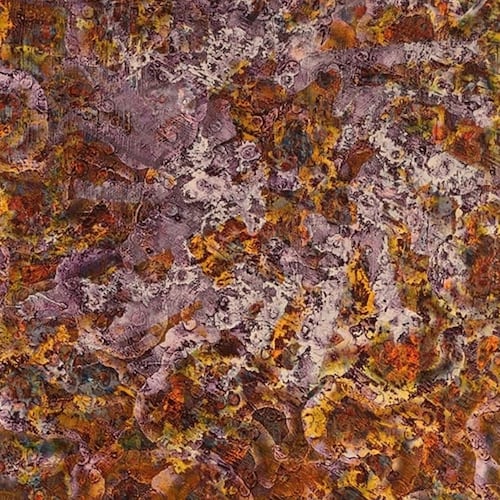For some families, mowing the lawn is as much a rite of passage as getting a driver's license. But it can also be just as dangerous.
E. Lane Gresham, a Clarkesville mom of three, learned that eight years ago when she heard a sound no mother wants to hear.
"You never forget the sound of the scream," she said, describing the day her son Joseph, 13 at the time, lost one of his big toes and part of his foot when he slipped on damp grass while using a push mower on an incline. "He wasn't doing anything wrong, per se. It was an accident. ... But they told us he would never walk normally again."
After six surgeries and two weeks at Children's Healthcare of Atlanta, plus weeks of therapy, Joseph Gresham has had an amazing recovery. After he graduated in May from the University of Georgia, he began a trek this summer to hike the Appalachian Trail. He hopes to complete the journey by Thanksgiving, his mother said.
"He has continued to amaze us," she said.
While her son is accomplishing a feat doctors never thought he could achieve, Gresham has worked to try to raise awareness for lawnmower safety. She has participated in public service announcements and events each summer for years to try to help others avoid injury.
"We were lucky," Gresham said, adding that during the time her son was in the hospital, two other children were there being treated for injuries.
More than 17,000 children are treated each year for injuries related to lawnmowers. The most common cause of a major limb loss for kids under the age of 10 is a lawnmower accident, according to the Amputee Coalition.
Because of the prevalence of injuries, the American Academy of Pediatrics issued guidelines in 2001 saying children should not use a push mower until they are 12 and should not operate a riding mower until they are 16.
Josiah Thornton of Thornton Advantage Lawn Care said one of the most important safety precautions for his staffers is to wear long pants. He forbids tennis shoes and prefers boots with safety toes.
On his jobs, the crew does the weed-eating first, which gives them an opportunity to clear the yard of any major debris before they mow.
"It doesn't take much to put an eye out," he said, adding that his crew wear eye and ear protection. "Even a little pebble can cause some pain."
Tracy Nailor, a staff physician at one of Children's Healthcare of Atlanta Urgent Care Centers, said she sees lots of lawnmower-related injuries during the summer, although the most severe end up in the emergency room.
While many people are cautious about injuries to the feet, Nailor said parents should also warn children about the dangers to their hands if they touch a blade before it has completely stopped or a motor before it has completely cooled.
Kids should also be sure to keep control of the lawnmower at all times to avoid strains or sprains to their upper body when the lawnmower jerks.
"I think chores are great, and I think mowing lawns is one of the last rites of passage that we have," Nailor said, adding that she is looking forward to her son mowing the lawn when he is older. "But we need to remember to have common sense and that children need guidance and supervision."
Here are some safety rules parents should follow:
- Children should be 12 years old before they use a walk-behind mower and 16 before they operate a riding lawnmower.
- Wear sturdy shoes and long pants when mowing. Consider using safety goggles and hearing protection.
- Never pull a mower in reverse.
- Be careful of slick grass, slopes and objects like branches or rocks.
- Don't touch a blade in motion or a motor before it cools.
- Be aware of the heat and make sure children stay hydrated.
Keep Reading
The Latest
Featured
